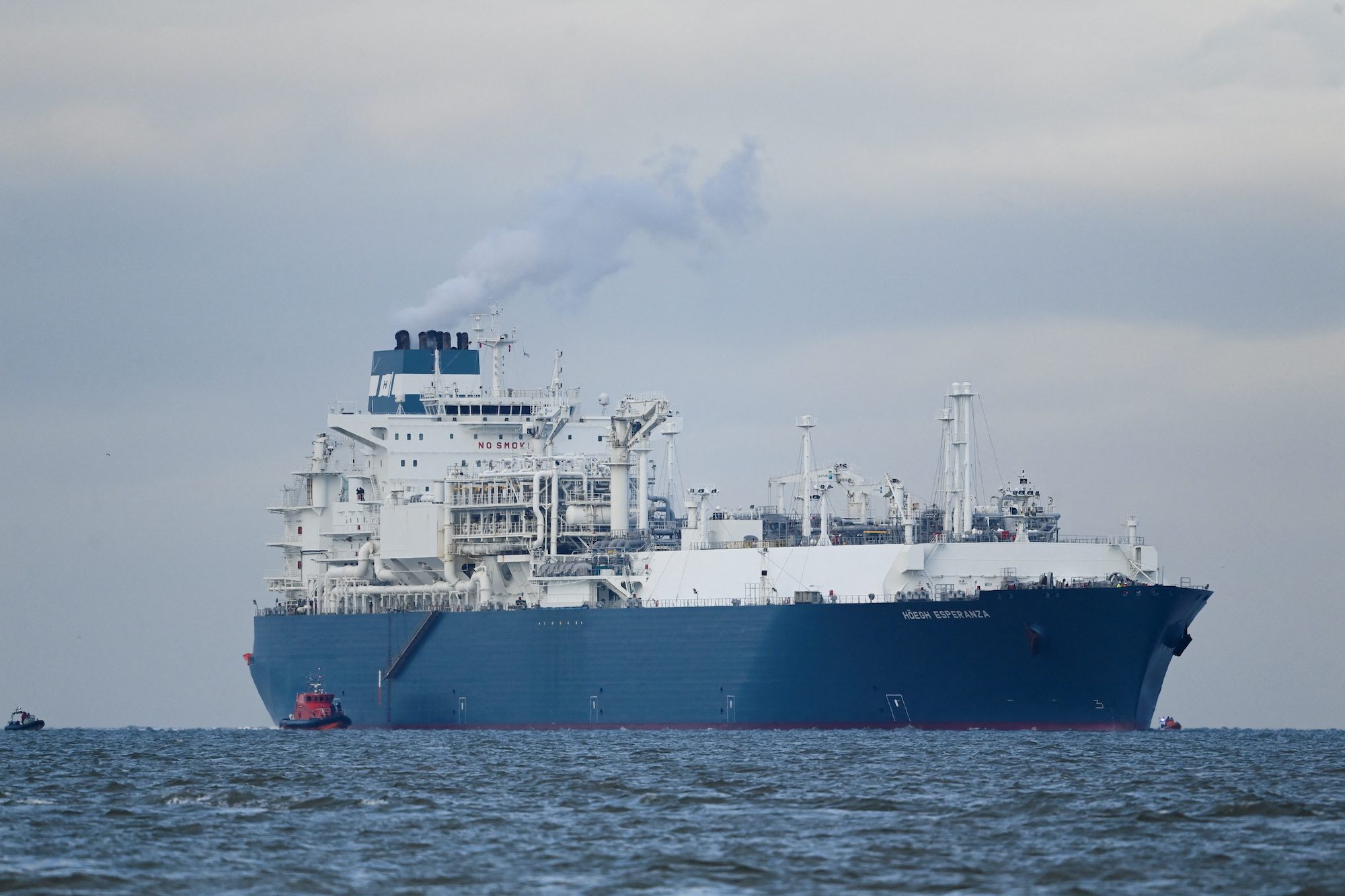By Ira Breskin
NEW YORK — Infrastructure funds are increasingly financing expensive, purpose-built ships serving the offshore energy market, according to investment bankers speaking at Marine Money’s 36th annual conference.
This trend is due to bankers recently making a compelling case that these niche-market vessels share many characteristics of traditional infrastructure investments, said members of a panel entitled “Infrastructure Funds and Maritime Finance – The Love Affair Continues”. Arguably, the most compelling feature these vessels share is operating under long-term time charters, panelists said.
“It is a widening of the (infrastructure fund) lens,” said Loli Wu, managing director, co-head of North America Infrastructure Investment Banking, Bank of America in New York. The funds have become “a good source of capital for a certain type of asset,” he said.
Infrastructure funds underwrite the construction of expensive ships that store and process crude oil collected from offshore rigs, and others that re-gasify, or reheat, super-cooled Liquid Natural Gas, making that fuel readily available for commercial use. The charterer is often a marine terminal that receives the inbound cargo and subsequently transfers it downstream to an oil major or utility.
The defining characteristic of these purpose-built “midstream” vessels is that they are usually dedicated to a specific project and work under long-term charter contracts, speakers said. The goal is “to make it look like infrastructure,” said Denny Sreckovic, a partner at Global Infrastructure Partners, based in New York. The firm finances the construction of the ships that it owns.
“Now, shipping is considered critical infrastructure,” said Arthur Regan, CEO of Energos Infrastructure, based in Stamford, CT. It financed the construction of six of the about 50 FSRUs (Floating Storage Regasification Units) operating worldwide. Each vessel costs several hundred million dollars.
FSRUs transport, store, and re-gasify their cargo. They deliver market-ready LNG to consignees that do not have onshore regasification terminals.
Floating assets appeal to infrastructure fund managers and their “buy and hold” investors because the ships produce steady, stable cash flow and have contract provisions that pass-through operating cost increases to the lessee, speakers said.
Infrastructure funds were slow to embrace these niche market shipping investments, first doing so several years ago, Regan said. These investments by private equity funds, which have limited investment horizons, began about a decade earlier, he added.
Ira Breskin is a senior lecturer at State University of New York Maritime College in the Bronx, NY and author of The Business of Shipping (9th edition, 2018), a primer that explains shipping economics, operations and regulations.
Unlock Exclusive Insights Today!
Join the gCaptain Club for curated content, insider opinions, and vibrant community discussions.

